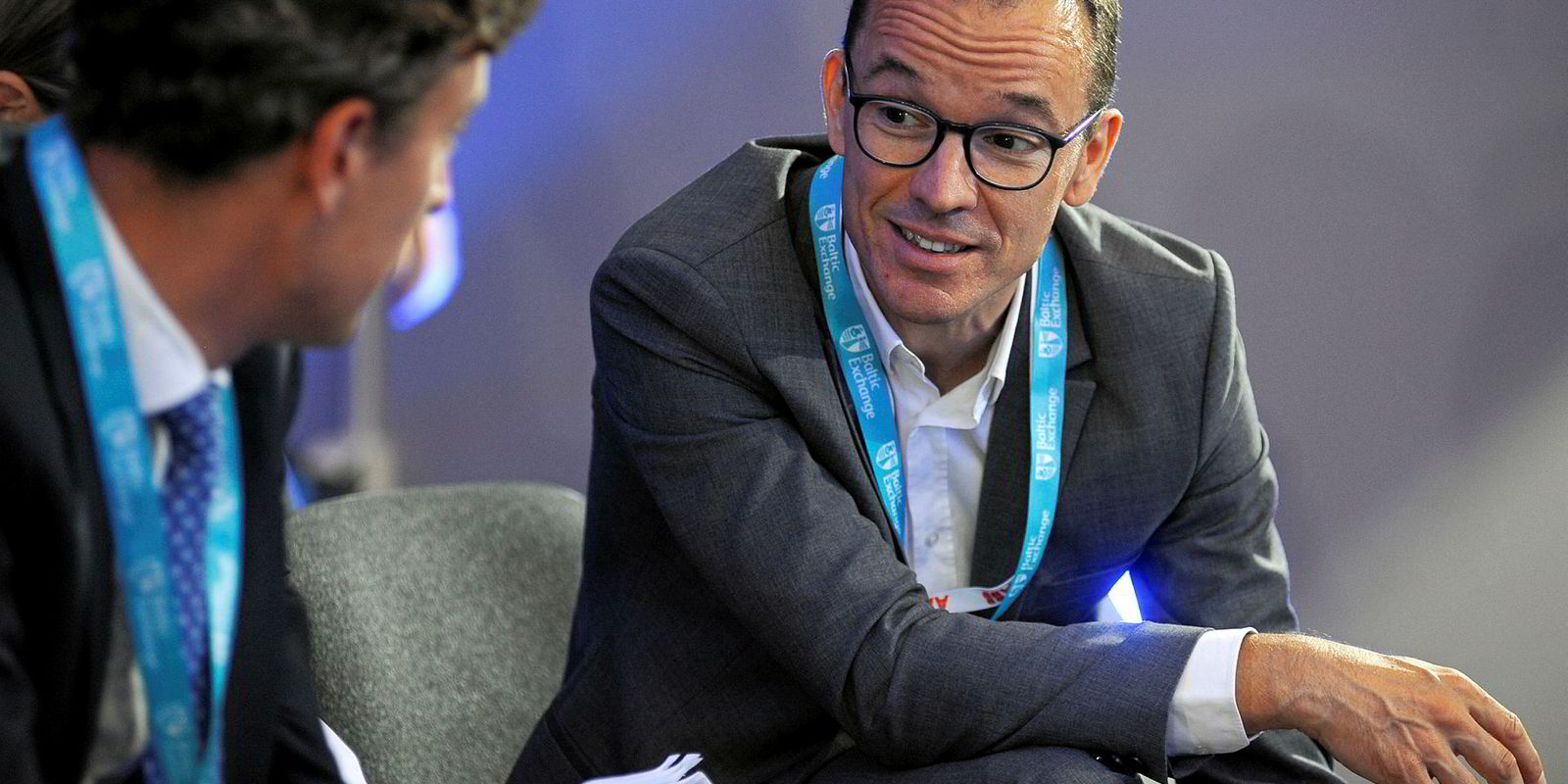The roadmap to meet IMO’s decarbonisation target in 2030 is much clearer than that for 2050, with current technology development providing few clues to reduce greenhouse gas emissions significantly further, according to some senior industry officials.
In April, member states of the IMO agreed to reduce carbon intensity in maritime transport by at least 40% from the 2008 level by 2030, while setting an eventual reduction target of 70% by 2050.
In absolute terms, total annual GHG emissions should be cut by at least 50% from the 2008 level by 2050, based on the IMO vision. This is to ensure that shipping can contribute to the Paris Agreement.
In a UK Chamber of Shipping event, Tom Strang, Carnival Corp’s senior vice president for maritime affairs, said his company can achieve the 2030 target if it were to ask to reduce carbon intensity by 40% from 2008 on an individual basis.
“[It’s] achievable with our current technology,” said Strang, whose company has been investing $75m per annum on energy efficiency.
However, he admitted there would be a big question mark over how to meet the 2050 targets, saying development of new technology would be required.
“We’ll get there in 2050. But I don’t know how,” Strang said.
Sharing similar sentiments, Mediterranean Shipping Co (MSC) executive vice president Bud Darr said: “I get where the 2030 [efficiency gain] is going to come from. As far as the solution sets…I can project the ship types [that can contribute to the gain].”
“It is going to be hard, but I can do that.”
“2050…I don’t know, I don’t know where that’s going to come from,” said Darr, adding that creative thinking outside of the box would be needed.
While 2050 may seem a long time away, experts including those at Maritime Strategies International have urged the industry to start preparing as early as possible, citing the lifespan of shipping assets and the time-consuming process of technology development.
“2050 is essentially now,” said Darr, who looks over maritime policy and government affairs for MSC. “The shipping industry cannot solve it alone.”
According to Darr, the Energy Efficiency Design Index should be constantly revised to help the industry meet the emissions targets while its framework should be maintained. Also, major research and development investment mechanisms are needed, he added.
Moreover, with the current plausibility of zero-carbon fuel still in question, many of the challenges faced by the industry could come from the bunkering side.
With no one-size-fits-all solution, the next-generation fuels could need shore-based infrastructure to support their distributions, Strang said.
“The likely new energy sources will vary across the different sectors of shipping.”
More assertive, DFDS’s director in environment and sustainability Poul Woodal said “fossil fuels will not work” for the industry to meet the 2050 goals.
“It’s a daunting challenge [for industry participants].”






